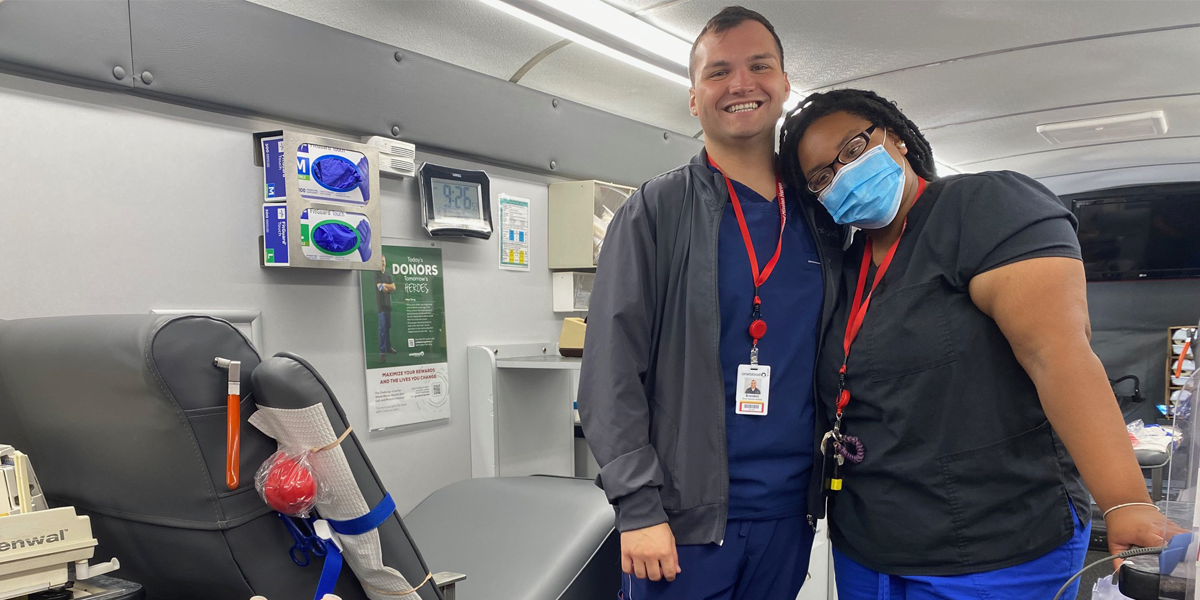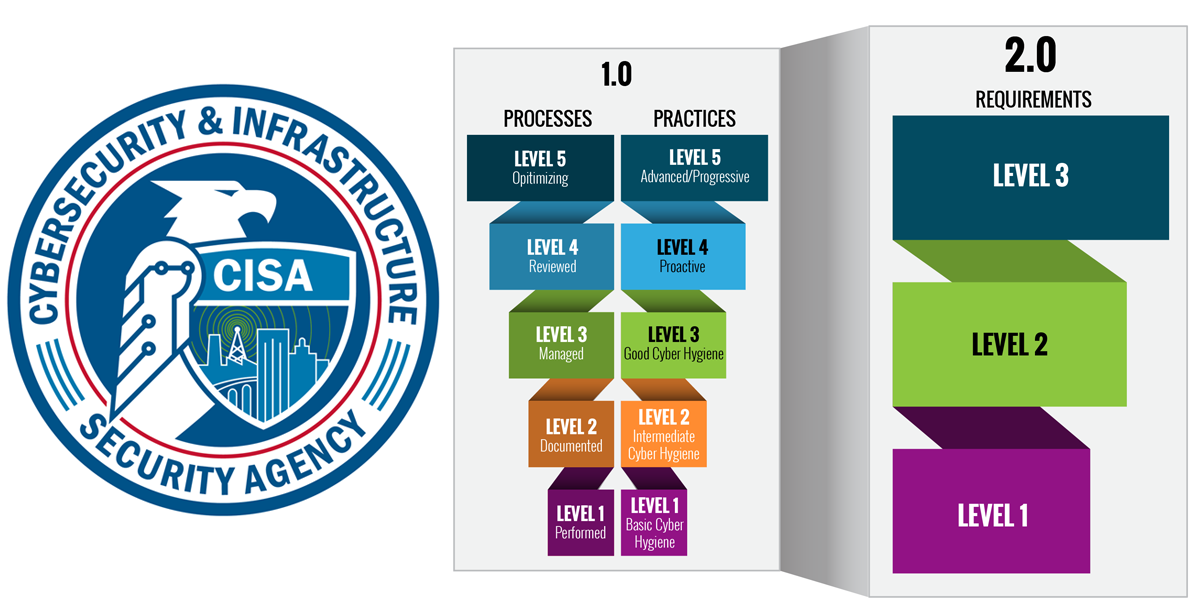
Giving Back At NHLBI
The writeup is not a project update but focuses on the “B” of NHLBI, both at the individual and broader levels. Part of the National Heart, Lung and Blood Institute mission is to “…enhance the health of all individuals so that they can live longer and more fulfilling lives.” Blood diseases and disorders affect millions of people in the U.S. Did you know that every 2 seconds, someone in the US needs blood and only 3% of eligible individuals donate each year?
As part of the NHLBI community and with a family member recently receiving blood transfusions for oncology treatments, I decided to learn more about the process. The opportunity to donate blood arrived just in time with the appearance of OneBlood’s “Big Red Bus.” I hopped aboard…
The Big Red Bus travels 5 days a week from its warehouse to various locations such as hospitals. Two nurses (one is also the driver) staff the bus, which has 4 stations/beds (quite comfy -see picture) for donors. Appointments and walk-ons are accepted throughout the day. The goal is 10 donations a day but can vary anywhere from 0-20. The driver/nurse pictured here has been doing the work 3.5 years and said most people are nice but some get frustrated when they aren’t able to donate for various reasons (e.g., vitals don’t meet the threshold or due to a response to the screening questions).
Once the blood is collected, it goes to the lab and is distributed where it’s most needed. Donation agencies such as the American Red Cross have apps that allow donors to see where their blood goes. Similarly, recipients are able to provide a “thank you” to their donors through the app.
NHLBI holds an annual blood drive during the summer when supplies are generally low, with donations going to the NIH Clinical Center. The supplies here are used to further research on blood diseases such as sickle cell disease. Sickle Cell Awareness month is September; this is a disease that affects the protein that carries oxygen through the body, where blood flow can be blocked. Related issues include pain episodes, stroke, and infections with the only treatment being blood and bone marrow transplants. With 20 million people affected worldwide from this disease alone, blood donations are critical.





